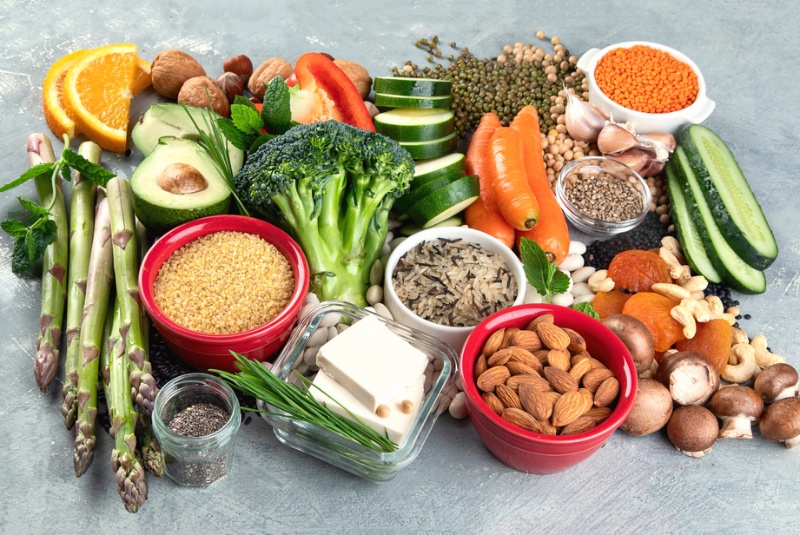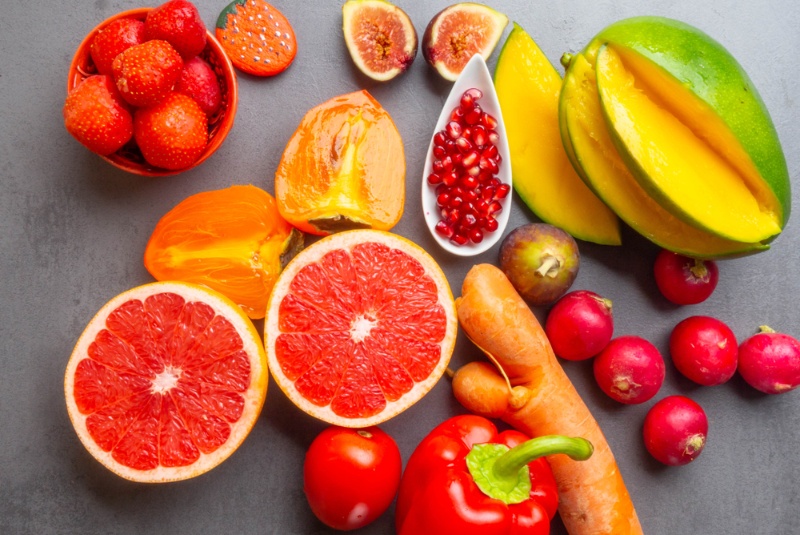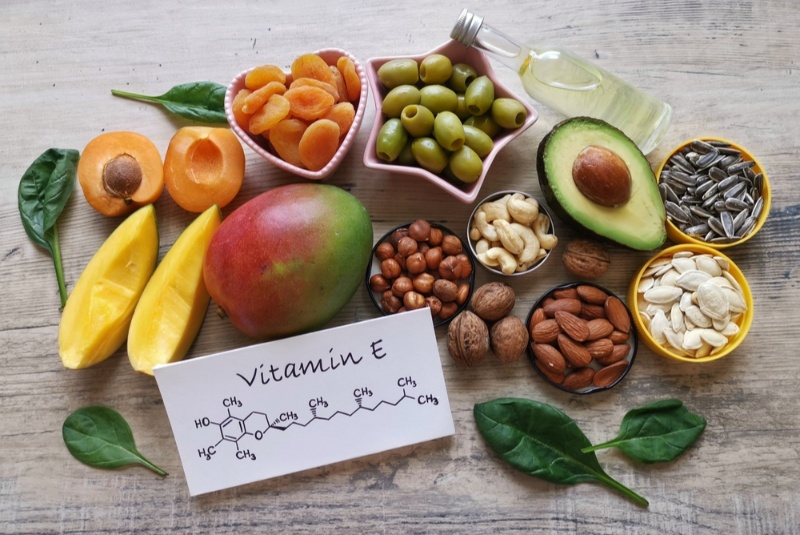Dietary fiber is a plant-based nutrient that plays a crucial role in digestive health and weight management. It is classified into two main types: soluble and insoluble fiber. Soluble fiber dissolves in water to form a gel-like substance, which helps slow digestion and promotes feelings of fullness. Insoluble fiber does not dissolve in water and adds bulk to the stool, aiding in regular bowel movements. Both types are essential for overall health, but they impact weight management in different ways. Understanding the types of fiber and their functions can help you incorporate the right balance into your diet for better weight control.
How Fiber Promotes Feelings of Fullness
One of the primary ways dietary fiber supports weight management is by promoting satiety, or feelings of fullness. Soluble fiber absorbs water and expands in the stomach, slowing down digestion and making you feel full for longer periods. This can help reduce overall calorie intake by preventing overeating or the urge to snack between meals. Fiber-rich foods, such as oats, beans, and fruits, are particularly effective at curbing hunger because they take longer to digest. Incorporating fiber into your meals can help regulate appetite, leading to better portion control and more sustainable weight loss efforts.
Reducing Calorie Absorption with Fiber
Fiber can also help with weight management by reducing the number of calories your body absorbs. Soluble fiber, in particular, binds with fats and sugars in the digestive system, preventing their full absorption into the bloodstream. This process not only lowers calorie intake but also helps regulate blood sugar levels. As a result, high-fiber diets can prevent insulin spikes and reduce the storage of fat in the body. Foods like whole grains, legumes, and vegetables are rich in soluble fiber and can play a key role in limiting calorie absorption, making them valuable additions to any weight loss plan.
Supporting Healthy Gut Bacteria for Weight Control
Fiber acts as a prebiotic, feeding the beneficial bacteria in your gut, which play an important role in digestion and overall health. A healthy gut microbiome is linked to better metabolism, improved fat storage regulation, and reduced inflammation—factors that contribute to weight management. When you consume fiber-rich foods, the good bacteria in your gut break down the fiber into short-chain fatty acids that promote fat burning and reduce the risk of obesity. By supporting a healthy gut environment, dietary fiber can indirectly aid in maintaining a healthy weight and preventing weight gain over time.
Preventing Overeating Through Blood Sugar Regulation
Dietary fiber, particularly soluble fiber, helps regulate blood sugar levels by slowing the absorption of glucose into the bloodstream. This can prevent the rapid spikes and crashes in blood sugar that often lead to cravings for sugary or high-calorie foods. By maintaining more stable blood sugar levels, fiber can help control appetite and reduce the likelihood of overeating. This is especially important for individuals with insulin resistance or diabetes, who may struggle with weight management. Incorporating fiber-rich foods like legumes, whole grains, and vegetables into your diet can help stabilize blood sugar and support long-term weight control.
Lowering Dietary Energy Density with High-Fiber Foods
High-fiber foods tend to have a lower energy density, meaning they contain fewer calories per gram compared to low-fiber foods. This makes it easier to eat larger portions without consuming excess calories. Foods like fruits, vegetables, whole grains, and legumes are low in calories but high in fiber and water content, making them filling and satisfying. By replacing high-calorie, low-fiber foods with these nutrient-dense options, you can reduce your overall calorie intake while still enjoying substantial meals. Lowering the energy density of your diet is a proven strategy for promoting weight loss and maintaining a healthy weight.

Increasing Meal Satisfaction with Fiber-Rich Foods
Fiber-rich foods often require more chewing and take longer to eat, which can enhance meal satisfaction. This slower pace of eating allows your brain more time to register feelings of fullness, reducing the likelihood of overeating. Additionally, the texture and bulk provided by fiber can make meals feel more substantial, even if they are lower in calories. By focusing on whole, unprocessed foods like fruits, vegetables, and whole grains, you can increase the enjoyment and satisfaction of your meals while still supporting your weight management goals. This approach can make it easier to stick to a healthy eating plan over time.
Reducing Abdominal Fat with Fiber Intake
Research has shown that increasing dietary fiber intake, particularly soluble fiber, is associated with a reduction in abdominal fat. Abdominal fat, also known as visceral fat, is linked to an increased risk of metabolic disorders and chronic diseases like heart disease and type 2 diabetes. Soluble fiber helps reduce the accumulation of visceral fat by promoting fat oxidation and improving insulin sensitivity. Foods like apples, citrus fruits, oats, and flaxseeds are excellent sources of soluble fiber that can help target belly fat. By regularly including these foods in your diet, you can support healthier fat distribution and improve your overall body composition.
Fiber and Long-Term Weight Maintenance
Maintaining weight loss over the long term can be challenging, but dietary fiber can help. Fiber’s ability to promote satiety, regulate blood sugar, and support gut health contributes to better long-term weight management. Studies have found that individuals who consume higher amounts of fiber are more likely to maintain their weight loss compared to those who eat low-fiber diets. Fiber-rich foods are naturally lower in calories and more nutrient-dense, making them a sustainable choice for ongoing weight control. Incorporating a variety of high-fiber foods into your daily diet can help prevent weight regain and support a healthy lifestyle.
Practical Tips for Increasing Fiber in Your Diet
Incorporating more fiber into your diet doesn’t have to be difficult. Start by gradually adding more fruits, vegetables, whole grains, and legumes to your meals. Replace refined grains like white bread and pasta with whole grain alternatives such as brown rice, quinoa, and whole wheat bread. Snack on fiber-rich options like nuts, seeds, and fresh fruit instead of processed snacks. Additionally, make sure to drink plenty of water, as fiber absorbs water and needs adequate hydration to function properly in the digestive system. By making small, consistent changes, you can easily boost your fiber intake and support your weight management goals.
The Recommended Daily Fiber Intake
To reap the full benefits of dietary fiber, it’s important to meet the recommended daily intake. For adults, the general guideline is 25 to 30 grams of fiber per day, depending on age and gender. Unfortunately, many people fall short of this target, consuming only about half of the recommended amount. By incorporating more fiber-rich foods into your diet, you can easily reach these goals. Keep in mind that it’s best to gradually increase your fiber intake to avoid digestive discomfort, such as bloating or gas. Achieving the recommended daily intake will support your overall health and aid in weight management.
Dietary fiber plays a vital role in weight management by promoting satiety, regulating blood sugar, supporting gut health, and reducing calorie absorption. By incorporating more high-fiber foods like fruits, vegetables, whole grains, and legumes into your diet, you can improve your ability to control hunger, prevent overeating, and maintain a healthy weight. Whether you’re trying to lose weight or prevent weight gain, fiber is a powerful ally that can make your efforts more effective and sustainable. With the right balance of soluble and insoluble fiber, you can harness its benefits for long-term weight management and overall health.




